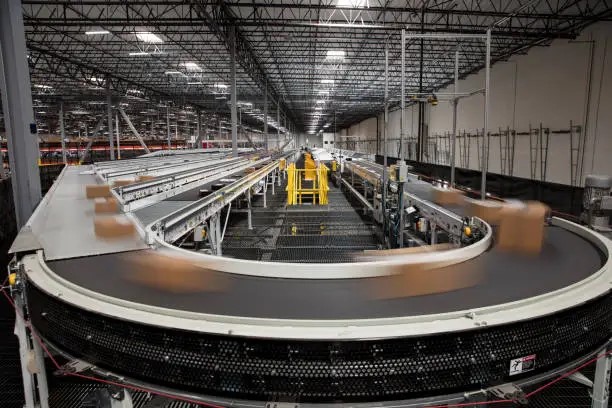
The Future of Industrial Automation: The Role of Used Equipment
As industrial automation continues to advance, the demand for cutting-edge technology in manufacturing and production is growing rapidly. However, new equipment can often be expensive and challenging to acquire, particularly when it comes to outdated or specialized parts. This is where used industrial control equipment plays an essential role in helping businesses stay competitive while managing costs.
Cost-Effective Solutions with Used Equipment
Used industrial equipment offers a valuable solution for companies looking to integrate automation without breaking the bank. By purchasing refurbished drives, used CPUs, circuit breakers, and other control components, businesses can access reliable, high-quality parts at a fraction of the cost of new equipment. This cost savings makes it easier for companies to scale their operations quickly and efficiently, ensuring that they remain agile in a competitive market.
Sustainability and Environmental Impact
The growing focus on sustainability also makes used industrial equipment more attractive. By choosing to reuse and refurbish older equipment, businesses contribute to the reduction of electronic waste (e-waste), thereby minimizing their environmental footprint. Refurbishing existing components helps preserve natural resources and reduces the energy and materials required to manufacture new parts, aligning with broader environmental goals and promoting a circular economy.
The Increasing Role of Used Equipment in the Future of Automation
As new technologies continue to emerge, the availability of upgraded, used, and refurbished parts will become even more critical for companies looking to maintain their industrial automation systems. Businesses will increasingly rely on used components to stay competitive while keeping costs in check and meeting sustainability targets. The future of industrial automation will likely see used equipment playing a larger role, as companies continue to seek affordable, reliable solutions for their automation needs.
